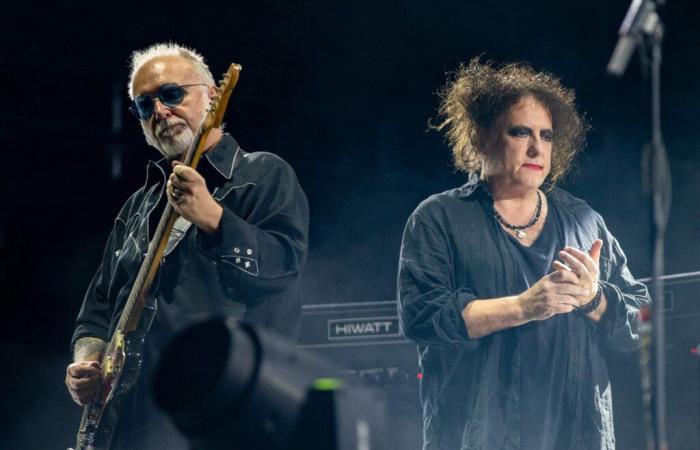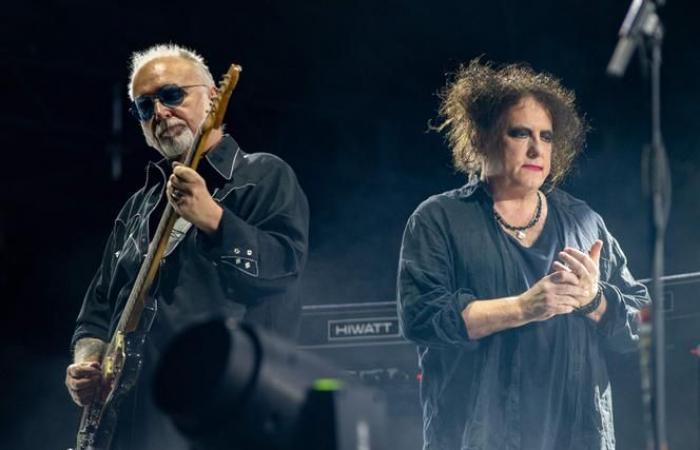Is it any wonder that Robert Smith is resurrecting the discography of his band, The Cure, on the eve of All Souls’ Day? We could interpret the output, the 1is November, the Songs of a Lost World as a nod from the singer to his status as prince of gothic rock. But this All Saints’ Day is above all in tune with a fourteenth album imbued with mourning and thundering with darkness.
We enter slowly, like following a funeral procession under a stormy sky. After more than three minutes of majestic instrumental procession, a plaintive voice, recognizable among all, welcomes us into Alone : “It’s the end of every song we sing (…)/ We toast, with bitter dregs, to our emptiness”. It’s been a long time since Robert Smith cried with such class.
Sixteen years separate this record from its predecessor, 4:13 Dream. Announced regularly since the end of the 2010s, this new chapter, constantly offbeat, became one running gag. Did a dizziness seize the leader of Cure at the moment of satisfying this expectation, remembering the disappointments caused by their last albums? Since the success of Disintegrationin 1989, the quality of the recordings had frayed into caricature, disjointed Wish (1992) to the most insignificant Wild Mood Swings (1996), The Cure (2004) or 4:13 Dream (2008), Bloodflowers raising the level a little, in 2000.
Powerful and generous concerts
However, over the last sixteen years, The Cure had not disappeared. Smith set about copious reissues of his old catalog. The group, above all, continued to provide a stage presence (250 concerts since 2008) whose impact never ceased to impress. Even improved over time, like the “Shows of a Lost World” tour, started in May 2023, these powerful and generous concerts – almost three hours of show – allow us to celebrate the exceptional consistency of a repertoire . And to measure the importance of this group born in 1978, shaping, as a postpunk pioneer, new sounds and refrains echoing the disillusionments and self-destructive obsessions of a leader capable of admitting his fragilities.
Read also | Article reserved for our subscribers The Cure, in concert in Liévin, in a bath of youth
Read later
A group which has also reinvented itself to the rhythm of sometimes cold periods (Seventeen Secondsin 1980) and contemplative (Faithin 1981), sometimes apocalyptic (Pornographyin 1982) or – almost – playful (The Head on the Doorin 1985), Robert Smith gradually building this character with wild black hair, made up with mascara and smudged lipstick. An iconic look of which he sometimes seemed a prisoner.
You have 61.67% of this article left to read. The rest is reserved for subscribers.







